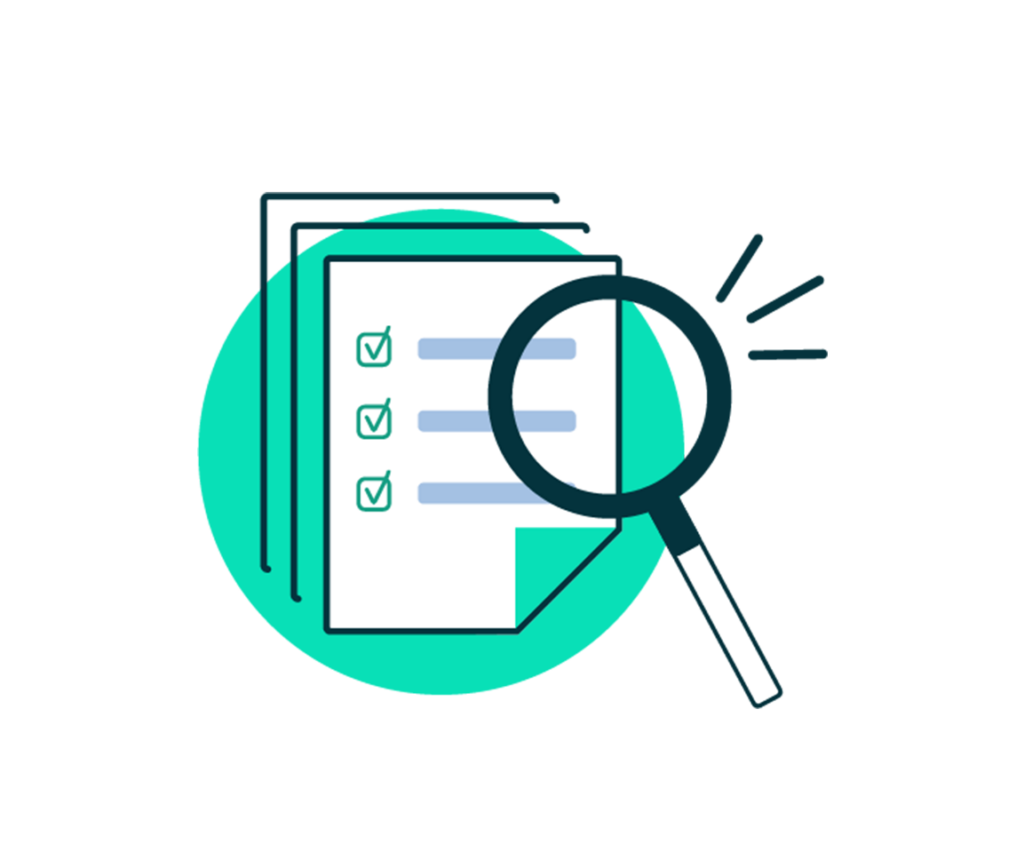The weeks between Thanksgiving and New Year’s Eve can be extremely busy, stressful, and go by far too quickly. This is the time when businesses are planning ahead for the upcoming year. Before you can achieve your future business goals, you have to make sure you finish out the current year in a timely and accurate manner. Our payroll year-end checklist will ensure a smooth and successful transition into your most prosperous year to date.
How to get ready for payroll year end.

Starting your payroll year end processing early is key to ensure you do not miss deadlines and pay extra fines. There are items to work on throughout November, into December, and even after the new year to complete a successful year end. Things to consider when thinking about payroll year end include:
- Documents and paperwork to collect
- Information to review and verify
- Deadlines to meet to avoid fines
- Banking holidays to remember to ensure timely filing and reporting
Knowing which items to work on and when to start thinking about each item is the best place to start.

Year End items to work on in November.
Start early in November to stay ahead of the game. Work on the following:
- Verify That All Your Company Information is Correct.
This includes:
- Federal and State Tax ID numbers
- Legal name and business address
- State unemployment rates
2. Verify That All Employee Contact Information is Correct.
You should audit all employee contact information, including names, addresses, social security numbers and dates of birth. The Internal Revenue Service may impose a penalty for each W-2 with a missing or incorrect social security number or employee name of up to $550 per error!
3. Prepare Yourself for Affordable Care Act Annual Reporting.
If you and your associated business have more than 50 Full-Time Equivalent Employees, you will need to prepare and submit 1094-C and 1095-C forms to your employees.
4. Review Employee Classifications.
Are your employees classified correctly? Are you paying employees a salary who may not be eligible? There are wage and duties tests that must be met to make an employee exempt from overtime (salaried). Review all of your salaried/exempt employees to ensure they meet both the wage and duties tests.
5. Begin Gathering Year End W-2 Adjustments.
W-2 adjustments are often non-cash contributions, but include the following items:
- S-Corporation Shareholders’ health insurance premiums and mileage reimbursements
- Group term life paid on behalf of employees over $50,000
- Third party sick pay
- Personal use of a company vehicle
- Non-cash payments like gift cards or other “fringe benefits”
6. Review Retirement Contributions.
Do you have retirement benefits for your employees and do they wish to maximize their retirement contributions? Review deductions to make sure that employees or owners are on track to maximize these pre-tax benefits.
- 2021 Maximum 401(k) and 403(b) contribution is $19,500 + $6,500 catch up for employees over 50 years old.
- 2021 Maximum SIMPLE IRA contribution is $13,500 + $3,000 catch up for employees over 50 years old.

What to think about in December.
Once you have November’s items done, begin working on the following items in December:
- Process All Manual and Voided Checks.
Have you paid employees by manual checks outside of payroll? Make sure to record those manual checks on payroll to ensure that all wages are legal. Further, third party sick pay, personal use of an employer-provided vehicle, qualified moving expenses, club memberships and more must be reported on W-2s.
2. Submit All Bonus Payrolls.
In order to accommodate the high volume and special processing request, end of year bonuses are typically due earlier than a normal payroll. Bonus payrolls may need different funding requirements based upon the amount of the bonus run.
3. Review 3rd Party Sick Pay.
Third-party sick pay is an insurance benefit often called short or long-term disability insurance. If an employee has used this benefit during the year, you will likely need to report taxes and wages through payroll. While these payments are not made through the employer, the taxes must be reported by the employer. Your disability insurance provider will send you quarterly statements.
4. Report Fringe Benefits.
A fringe benefit is any form of payment for performance of services. Generally, these are things like gift cards, employee gifts, personal use of a company car, gym memberships, etc. These are considered taxable wages and must be reported on an employee’s W-2.
5. Submit All W-2 Adjustments.
W-2 adjustments are often non-cash contributions, but include the following items:
- S-Corporation Shareholders’ health insurance premiums and mileage reimbursements
- Group term life paid on behalf of employees over $50,000
- Third party sick pay
- Personal use of a company vehicle
- Non-cash payments like gift cards or other “fringe benefits”
6. Submit State Unemployment Rate Change Notices.
Each December, the State issues updated unemployment rates to every employer. Please forward these notices to your payroll processor via email as soon as you receive them to ensure that your first payrolls of the year are correct.
7. Prepare for Christmas & New Year’s Payroll Processing.
Banks will be closed for Christmas and New Years Day. Remember to submit your payroll early to ensure a timely payday.
8. Process Your Final Payroll of the Year.
Please carefully review your final payroll of the year. There are several items to review for accuracy:
- Employee names, addresses and social security numbers
- Final benefit deductions, PTO pay outs, fringe benefits
- 2022 minimum wage increases

How to finish up Year End in January.
Once you have everything done in November and December, there are a few things to wrap up in January. These include:
- Submit 1099s for Preparation.
Provide 1099s to any independent contractors who have worked for you in 2021.
2. Review and Update Employee Deductions.
Update employee deductions for the coming year. These deductions are often associated with the following types of benefits:
- Medical and dental insurances
- Retirement contributions
- Uniforms or other voluntary deductions
3. Review and Update Retirement Contributions.
Many employees or owners like to maximize pre-tax retirement benefits. Update employee deduction amounts to ensure the maximum contributions are made for the year.
- 2022 Maximum 401(k) and 403(b) contribution is $20,500 + $6,500 catch up for employees over 50 years old.
- 2022 Maximum SIMPLE IRA contribution is $14,000 + $3,000 catch up for employees over 50 years old.
4. Send W-2 and 1099 Forms to your Employees.
The IRS requires that you provide your employees a copy of their W-2 no later than January 31st.
Please feel free to contact us for help with your payroll year end processing!